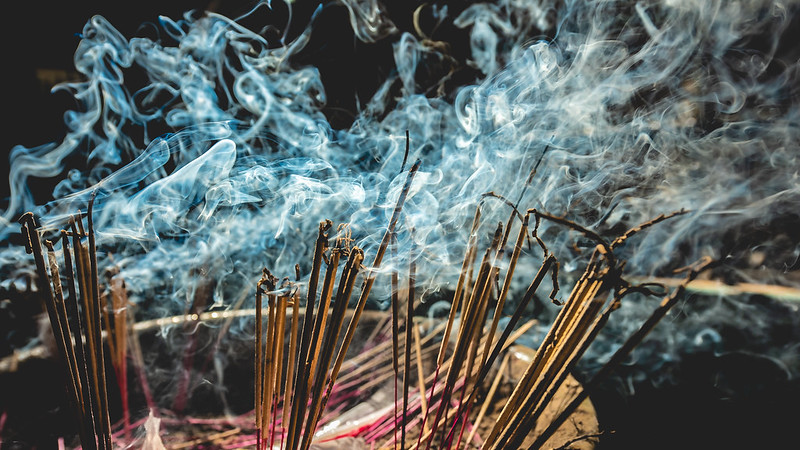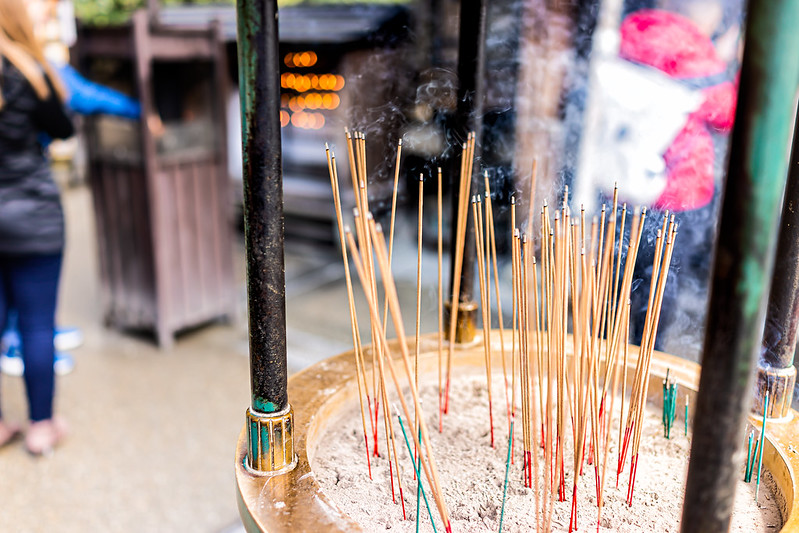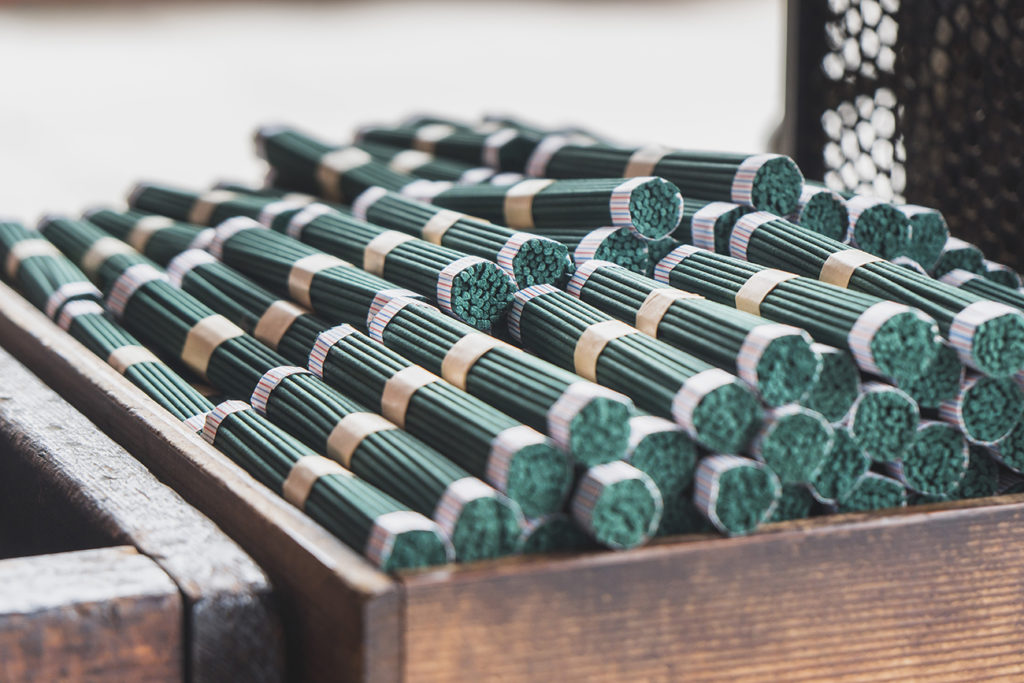
Kōdō: the Japanese Art of Incense Burning
An unusual art form in Japan is kōdō (香道), the art of incense burning. The incense ceremony is deeply entwined with Japanese history. According to legend, it started when agarwood floated to Japan from abroad in 595 CE.
The villagers who found the wood discovered it released a sweet aroma when burned. However, according to history, agarwood was brought in along with other materials to make a Buddhist temple in 538 CE.
Incense burning was initially used in religious activities then later became the popular Japanese art form we know today.
A Refined Art Form
Kōdō had even greater prominence during the Azuchi-Momoyama period when, along with calligraphy and the tea ceremony, it was used by nobles. It soon became known as one of the geido, a Japanese refined art form that follows a set of manners or formalities.
Such was the attention for the art that various schools were formed to support it. The Oie-ryu school emphasizes the game aspect of kōdō, and the Shino-ryu school focuses on manners and formality. While Oie-ryu was popularized by the court nobles, the Shino-ryu spread amongst the samurai and merchant classes.
Aspects of Kōdō
Kōdō is also used in games such as Kumikō, where players pass around a censer containing incense and guess the incense material. In another, Genjiko, the players try to match the scents in five censers with incense.
The incense ceremony also focuses on the mental well-being of the individual. It allows participants to take a breather from their chaotic life and take solace in the ritual’s order and predictability.
Incense Wood
The wood used for incense may be of six kinds: Kyara, Rakoku, Manaka, Mananban, Sumotra, and Sasora. Each kind can refer to a variety of wood. Kyara wood, for example, may be cedar or cypress.


